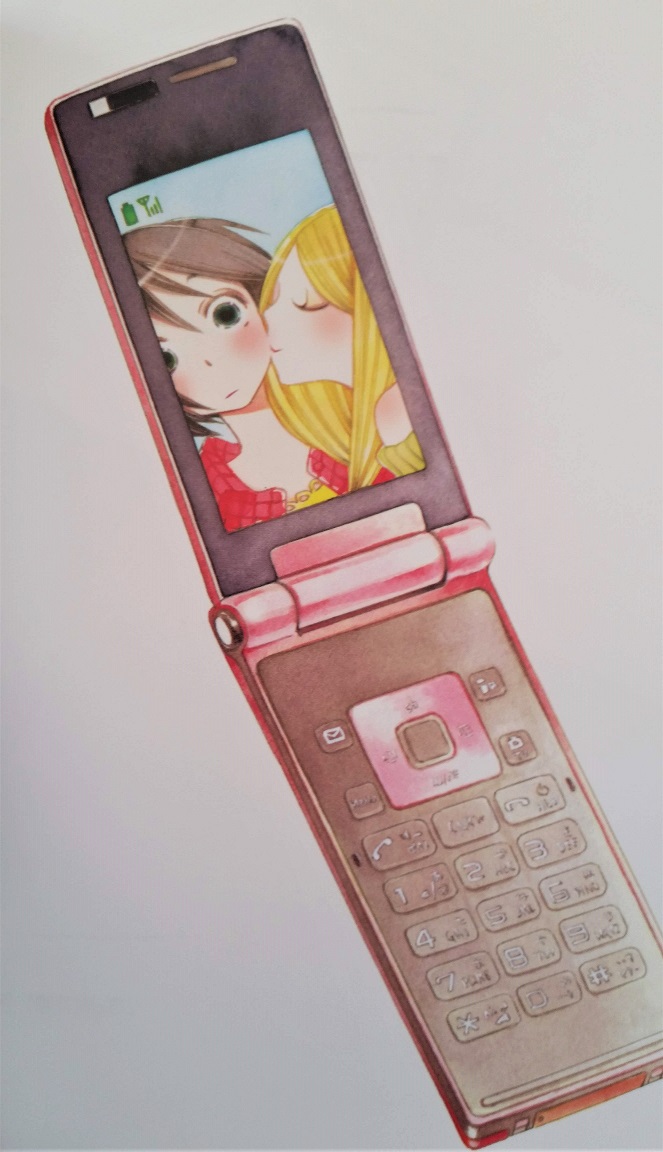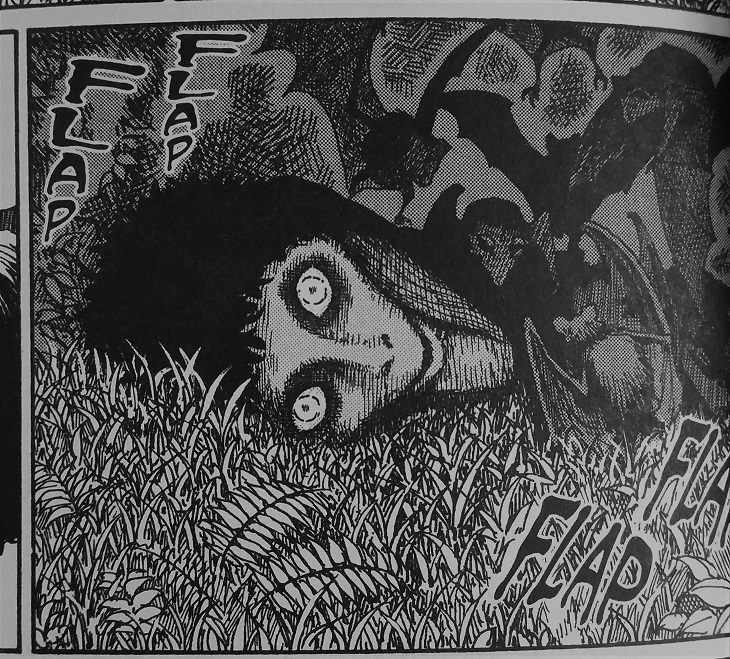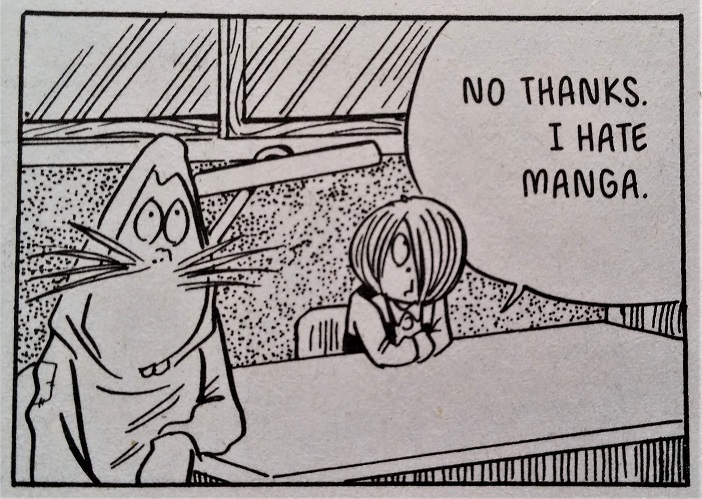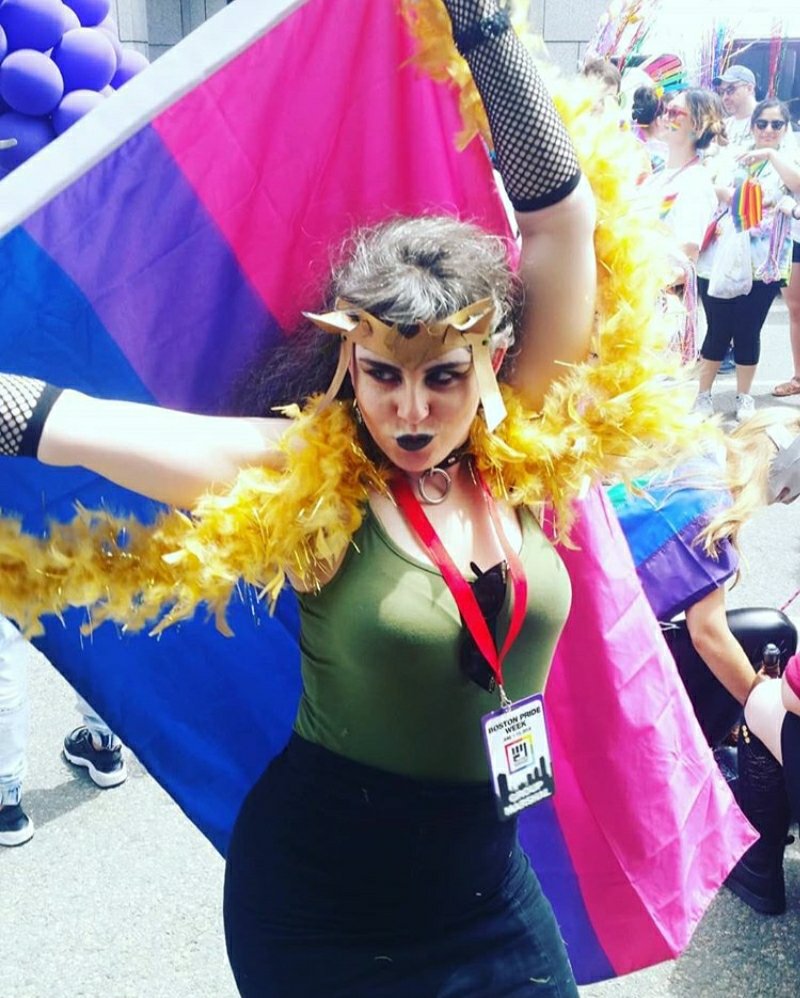Every month, I get the itch to write this segment about halfway through, thus defeating the point of having a monthly round-up! I get too excited to talk about what I’ve just read, and I read a lot of good stuff in April.
Actually, a lot of stuff in general happened in April. I turned 29 on the 4th, so here’s to the last year of my 20s! My husband and I are in the midst of apartment hunting, which is always chaotic, especially here in the Boston area. And Anime Boston was last weekend! Even though I don’t technically work at Comicopia anymore, I helped with the ordering and was there on the floor from set up on Thursday to break down on Sunday. It was a really great show, and I’m glad I was able to be a part of it. Selling at conventions is my favorite kind of retail, because everyone is just so excited to be there and see what you’ve got and talk to you about it. And all the con-goers are so creative — I saw so many excellent costumes! Oh, and my very first post for Anime Feminist went up this week, as well: a spotlight on amazing artist and mangaka Junko Mizuno.
As May approaches, I’m getting ready to head over to the Toronto Comic Arts Festival (TCAF) for the first time, and I’m super excited. Between that and moving, May is going to be intense — but we’re not there yet. For now, I want to reflect on all the good stuff I read in April! And it’s actually all relatively new stuff this month, a sure change for me.

Maiden Railways, by Asumiko Nakamura — published by Denpa
This is the first of Denpa’s offerings that I’ve gotten a chance to read, and it’s the one I was most looking forward to. I love Asumiko Nakamura. Her art is so strange, both adorable and almost uncomfortable with all its sharp angles and long limbs. This volume is an anthology of railway-themed romances. It is simple and straightforward in many ways, but as with all of Nakamura’s work, it sets a very distinct tone, in this case of hope and longing and compassion. It’s a really lovely little collection with some lesbian themes neatly tucked into it with no fuss. Between this and Seven Seas’s upcoming print version of Classmates coming out soon, I am thrilled that more readers have access to Nakamura’s work.

Bloom, by Kevin Panetta and Savanna Ganucheau — published by FirstSecond
I had to wait for this book from the library for months, and I absolutely understand why — it’s absurdly charming. Ari’s dream is to move to the city with his band, but he can’t seem to escape his responsibilities at his family’s bakery. Hector, a culinary school student, has come to town to pack up his deceased grandmother’s home. Ari hires Hector to help in the bakery, in the hopes that by replacing himself, he will leave his parents no room to argue about his leaving home. But over the course of the summer, Ari and Hector grow close, and they have to make some big decisions about where their lives are headed, and whether those lives include each other. This book was so unbearably sweet, and so beautifully illustrated. Savanna Ganucheau does an excellent job of showing everyday examples of sexiness — nothing exploitative, but the little kinds of things that a person appreciates in their partner, like how they look when they’re focused, or how they move when they’re excited. With a cast diverse in both ethnic background and body type, and a strong, happy queer narrative, this is an incredibly delightful read for teens and up.

Smashed, by Junji Ito — published by VIZ Media
It’s no secret that I’m a HUGE Junji Ito fan. (That’s part of the reason I’m so excited about TCAF!) I never know what to expect with each new anthology: Will I be scared? Will I laugh? Will I feel like I just watched a particularly poignant episode of The Twilight Zone? For me, this collection had a lot of humor in it, and that is perhaps one of my favorite things about Ito’s work. There is a very fine line between comedy and horror, and no one loves to hop back and forth across that line as much as Ito. I think my favorites in this collection were “Bloodsucking Darkness” (because I love bats), “Soichi’s Beloved Pet” (because I love cats), and “Library Vision” (because I love books). The linked Soichi stories never fail to be silly fun, and as usual Ito’s artwork throughout the whole anthology is gorgeous and detailed. Truly, he is a master of horror, and all other kinds of base human emotions.

Kitaro’s Yokai Battles, by Shigeru Mizuki — published by Drawn & Quarterly
It’s been so long since there was another installment of Kitaro, and I was thrilled when I was alerted to this making its way into my pull at Comicopia. Who on this earth doesn’t love adorable, weird, childish monsters with potty humor? Only boring people, that’s who! In this collection, I was particularly fond of the “Oboro Guruma” chapter, in which Shigeru Mizuki has inserted himself as a major character, plagued by yokai who are taking over his home as their base of operations. As usual, Mizuki’s cartoony characters sit atop his lush and gorgeous backgrounds seamlessly, and the oft-times odd solutions to yokai-related problems harken back to simpler times and simpler story-telling mechanics. With each volume comes another installment of translator Zack Davisson’s “History of Kitaro,” which really appeals to my interest in both general world history and manga history specifically. A fun read suitable for just about anyone who appreciates a little dark whimsy in their life.
That’s going to do it for this month! I made the conscious decision not to include the sixth volume of Tokyo Tarareba Girls this time around, even though it’s one of my absolute favorite series, because I’ve already written about it in the past, and I anticipate I will talk at great length about it in many forms in the future. I thought I’d spare you all, haha.
I already have a huge pile of comics waiting to be read (don’t I always?), so hopefully I’ll have a nice round-up for May, as well. Happy reading!
lesbian
Pride and the Manga Market
Happy Pride! I spent yesterday dolled up as Loki, marching with various other Avengers as a part of Boston’s Pride Parade. It’s something we’ve been doing at Comicopia for the last decade now, though this is only my second time going, personally.
Marching in Pride is pretty tiring, but being there reminds me of why this kind of visibility is important for the queer community — of Boston, and of the world as a whole. I marched and screamed and smiled while hoisting the bisexual pride flag high, and I locked eyes with a small child wrapped in their very own bi pride flag. Another little one ran right out and gave me a hug, and countless people cheered as they saw me: visible and queer and there to celebrate myself and them.
But queerness isn’t visible everywhere, or at all times. It’s not allowed to be part of so much of mainstream culture, even now in 2018. In the comics world, however, it’s steadily on the rise. I have kind of accidentally read a lot of gay material this year; and while the content and quality vary greatly, that’s not something I could have said a scant five years ago.
I feel as though I can hardly scroll through my Twitter feed without someone bringing up My Lesbian Experience With Loneliness, and I’m glad of it! It’s sequel recently came out, the first part of My Solo Exchange Diary. And Seven Seas has also released The Bride Was A Boy, which I have already covered; soon, they will also have released Riyoko Ikeda’s Claudine, about a transman living in 19th century France.
The yuri market seems to be expanding as well, and though Seven Seas has often taken the lead in that genre, we’re seeing Viz Media throwing their hat in the ring with titles like After Hours and Sweet Blue Flowers. And they’re going to be publishing some BL too (or perhaps the term shonen ai would be more appropriate in this context), under their normal Viz moniker, not their SuBLime imprint: That Blue Sky Feeling, coming out in August.
Volume one of Gengoroh Tagame’s My Brother’s Husband came out last year, and we’re expecting its sequel in the early fall. Fantagraphics recently reprinted the Massive bara anthology, which is excellent for us because…honestly, we sell a ton of Tagame and bara in general! I know that’s probably not typical, I can’t completely fathom why we’re able to move it the way that we do.
I haven’t even gotten to talking about non-manga comics, with publishers like Boom Studios and Oni Press taking the lead in queer material, especially queer material for young audiences. And a lot of those gay young people books? It’s clear that they’ve been influenced by anime and manga.
So. What does this all mean? I would surmise that someone somewhere has realized that queer content is marketable. For a long time, that market seemed to be fujoshi scrambling for yaoi, but the tides are turning a little bit. A lot of those fujoshi have explored their own sexuality or identity and found themselves identifying as something other than straight or cisgender. They’ve been joined by fudanshi, perhaps. Or maybe the strange nature of animanga has made readers flexible to ideas outside of their norm.
I can’t say, of course, that that’s how things have progressed. But I can say that for me, the animanga community has always been very…well, gay. I had a conversation with someone about the local Massachusetts Independent Comics Expo (MICE) recently, and when I said I loved it because it felt like one big artist’s alley, he responded that it seemed much queerer than any artist’s alley at any con he had ever been to. And that’s when it hit me — the comic book conventions cater to a completely different crowd than the anime conventions. I mean, obviously, right? But not just in content; in age and economic standing and social status…in every way imaginable.
We’ve graduated from the yaoi paddles of my adolescence, thank God, but I can’t spit at Anime Boston without hitting a kid wearing a YAOI-emblazoned snapback. I sell out of My Lesbian Experience With Loneliness and I Hear the Sunspot on a regular basis at the store, and still sell them with lightning speed at shows. I see pronoun pins on shoppers almost as often as I see character goods.
And some enterprising person (or people), perhaps queer themselves, has discovered that there is a whole group of people out there whose media is under-serving them on a daily basis. And so they’re filling that niche. That sounds cynical, and clinical, I guess, but it’s really a wonderful thing.
The first Pride march was a riot; the current Pride parades have corporate sponsorship. The nature of achieving progress in our society, as it currently stands, seems to necessitate becoming a “commercial success,” so to speak. I don’t love the coupling of business and marketing with identity; I hate the fact that my Pride marshal badge both this year and last proudly proclaimed the name of a bank sponsor. I don’t trust corporations to do better just because they choose to align themselves with a hot topic like feminism or gay rights or whatever.
But…I feel differently about the world of publishing. It’s naiive, perhaps, and maybe it’s because I know people who work in publishing that I’m able to hold on to this hope. Comics as an industry is a mess, but I want to see myself and my queer siblings as the heroes of our own stories. I want to trust that these license agreements are coming not solely from a sales point of view, but from a desire to help bolster visibility.
And while the queer stories themselves are a boon, I want to see a growing trend of stories by queer creators. I think that’s the most important way to show support — to give a voice to those who for so long have been voiceless. To allow those creators to feel safe, and listened to, and proud.
